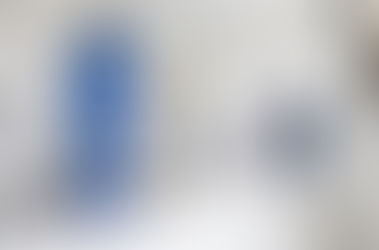Internal Obliques
- Susie Black

- Apr 5, 2022
- 2 min read
Updated: Nov 7, 2024
By Susie Black - get free updates of new articles here
Internal Obliques
Crissy/crossy bendy tummies.
What are they? They are also diagonally-running muscles around our waistlines, however they run the opposite direction and are situated deeper than the External Obliques and above Tranverse Abdominus Where are they? The internal obliques run upwards from the pelvis along to the line of the bottom ribs. They fix into many parts of our pelvis, connective tissue (called aponeurosis) around the stomach area and our ribs. These muscles also run into an area of tissue called the rectus sheath, joining up within and outwith the rectus abdominus muscle which runs down the front of the belly. You'll know that one as the 'six-pack' muscle.
What do they do? The Internal Obliques perform many similar functions to the External Obliques. They help us pull the ribcage downwards, protecting the viscera, and if you were to dangle by your arms they would help you tilt your pelvis (forward flexion), pull your hips upwards towards your ribcage, rotate or shift your hips upwards at the sides (lateral flexion). They also help us control the pressure within our abdomen to pee, poop and sing again!
How do I activate them? Much the same way as the external obliques. Leaning forward, to the side, rotating, tensing your tummy will all activate these muscles. In addition, because the direction of the muscles is opposite to the External Obliques (Internal Obliques run upwards from the pelvis to the ribs and inwards to the belly), these muscles will help you move your pelvis when hanging. They're being continually assisted by the rest of the abdominal muscles, including the External Obliques, but their contraction will create that lift.
Why do we need them? A weakness in the Internal Obliques, along with other abdominal muscles, put us at risk of abdominal hernia. We need these muscles to protect our innards and create both trunk stability and movement.



































Comments